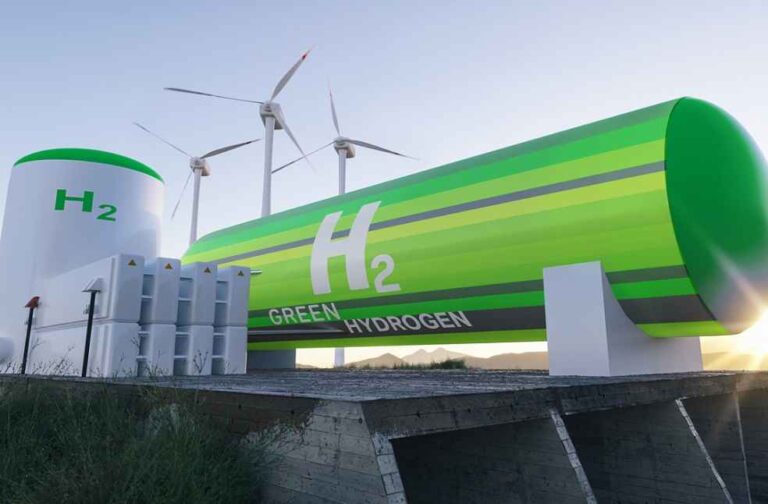India’s initiative to foster green hydrogen production marks a transformative shift in its approach to renewable energy and climate action. By 2030, this strategy aims to significantly slash fossil fuel imports, promising savings exceeding INR 1 trillion.
Mission Goals and Impact
Reducing Reliance on Imported Fossil Fuels: The mission’s primary goal is to lessen India’s dependence on foreign fossil fuels, enhancing both energy security and economic stability.
Elevating Green Hydrogen Production: Plans include the development of at least 5 million metric tonnes of green hydrogen production annually, coupled with a corresponding increase of about 125 GW in renewable energy capacity.
Economic Growth and Job Creation: The anticipated investment of over Rs. 8 lakh crore underscores the mission’s economic impact. This investment will generate over six lakh jobs, stimulating diverse economic sectors.
Environmental Advantages: A crucial environmental outcome is the significant reduction in fossil fuel imports, valued at over Rs 1 lakh crore. Additionally, the initiative targets an annual cutback of nearly 50 MMT in greenhouse gas emissions, a vital contribution to global climate change mitigation.

India’s Hydrogen Ecosystem
India’s burgeoning hydrogen ecosystem shows encouraging signs:
- Two operational hydrogen refueling stations are currently active, one each at the Indian Oil R&D Centre, Faridabad, and the National Institute of Solar Energy, Gurugram.
- NTPC’s imminent launch of a public green hydrogen fuelling station in Ladakh is a significant development, set to power five hydrogen fuel cell buses.
- The operational hydrogen fuel bus in Ladakh since August signifies the technology’s practical applicability.
Financial Backing and Policy Support
The Indian government’s financial commitment is significant. The Union Cabinet sanctioned Rs 19,744 crore in January 2023 for the National Hydrogen Mission, demonstrating strong support for transitioning to cleaner energy sources.

Diverse Hydrogen Types
Understanding different hydrogen types is crucial:
Green Hydrogen: Produced with renewable energy, it stands as the most eco-friendly option.
Grey Hydrogen: Generated from fossil fuels, resulting in higher carbon emissions.
Blue Hydrogen: Made using fossil fuels but employs carbon capture technologies to lessen emissions.
India’s green hydrogen mission symbolizes a decisive move towards Net Zero emissions by 2070. This initiative mirrors a global energy, environmental, and economic perspective, positioning India at the forefront of a sustainable energy future where green hydrogen is key.
AUTO TECH | EIB Grants €450M to Iveco for Transport Decarbonization Push





